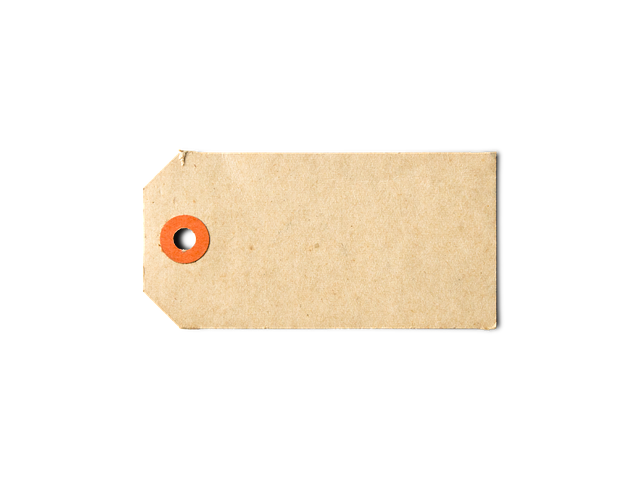Skin tags, or acrochordons, are common soft growths treatable in Edinburgh. Options include topical creams, salicylic/lactic acid, cryotherapy, surgical excision, and laser removal. Post-care involves keeping the area clean, dry, and protected from friction to prevent recurrence. Regular check-ups with a dermatologist facilitate easier skin tag removal.
Looking to remove skin tags from your face in Edinburgh? This guide provides a comprehensive overview of safe and effective removal methods available in the city. We explore different types of skin tags, delve into causes, and offer post-removal care tips for fast healing. Whether you’re considering laser treatments, freeze procedures, or other techniques, understanding your options is key. Learn about prevention strategies to avoid future growths and find peace of mind knowing your face is clear and healthy in Edinburgh.
- Understanding Skin Tags on the Face: Causes and Types
- Methods for Safe and Effective Removal in Edinburgh
- Post-Removal Care and Prevention Strategies
Understanding Skin Tags on the Face: Causes and Types
Skin tags, also known as acrochordons, are small, soft skin growths that typically appear on the neck, armpits, and face. While they are generally harmless, many people prefer to remove them for aesthetic reasons or because they can be itchy or irritated. In Edinburgh Skin Tag Removal, understanding the causes and types of these growths is essential for choosing the most effective treatment.
Causes range from friction or irritation to genetic predisposition. They often develop in areas where skin rubs against itself, such as the neck or underarms. Certain conditions like diabetes or obesity can also increase their occurrence. There are various types, including tag-like attachments and more pedunculated (stalk-like) growths. Different treatments are available depending on size, location, and type, from topical creams to surgical excision.
Methods for Safe and Effective Removal in Edinburgh
In Edinburgh, there are several safe and effective methods for skin tag removal. One popular option is using medical-grade salicylic acid or lactic acid, which can be applied topically to dissolve the tags over time. This method is particularly suitable for face areas as it minimizes scarring risk. Additionally, cryotherapy, involving freezing the tags with liquid nitrogen, is a quick and generally painless procedure that has shown promising results.
Another approach favored by professionals in Edinburgh is surgical excision, where a doctor carefully cuts out the skin tag using sterile scissors or a scalpel under local anesthesia. This method offers a permanent solution but may leave a small scar. Laser removal is also available for more persistent or large tags, employing concentrated light to destroy the growths with minimal side effects. These modern techniques ensure effective Edinburgh skin tag removal while prioritizing patient safety and comfort.
Post-Removal Care and Prevention Strategies
After successful Edinburgh Skin Tag Removal, proper post-care is essential for optimal healing and to prevent future skin tags from developing. Keep the treated area clean and dry; gently wash with a mild cleanser and pat dry instead of rubbing. Avoid exposing the skin to harsh conditions like excessive sun or cold weather, as these can irritate the healing tissue. Using a gentle moisturizer can help soothe and protect the skin.
To prevent skin tags from returning, maintain good hygiene practices by regularly cleaning your face and keeping it moisturized. Protecting your skin from friction and trauma is crucial; avoid tight clothing or accessories that can rub against the treated area. A balanced diet rich in vitamins and minerals also supports skin health. Regular check-ups with a dermatologist can help catch any new skin tags early, making removal easier and more effective.
Skin tags on the face are a common concern, but with the right approach, effective Edinburgh skin tag removal is achievable. Understanding the various causes and types of these benign growths empowers individuals to make informed decisions about their treatment options. The methods outlined in this article, from professional procedures in Edinburgh to DIY solutions, ensure safety and efficacy. By following proper post-removal care practices and adopting prevention strategies, individuals can maintain clear, confident skin while avoiding future skin tag formation. For those seeking expert assistance, Edinburgh offers a range of specialized services tailored to personalized needs, ensuring satisfying results.
